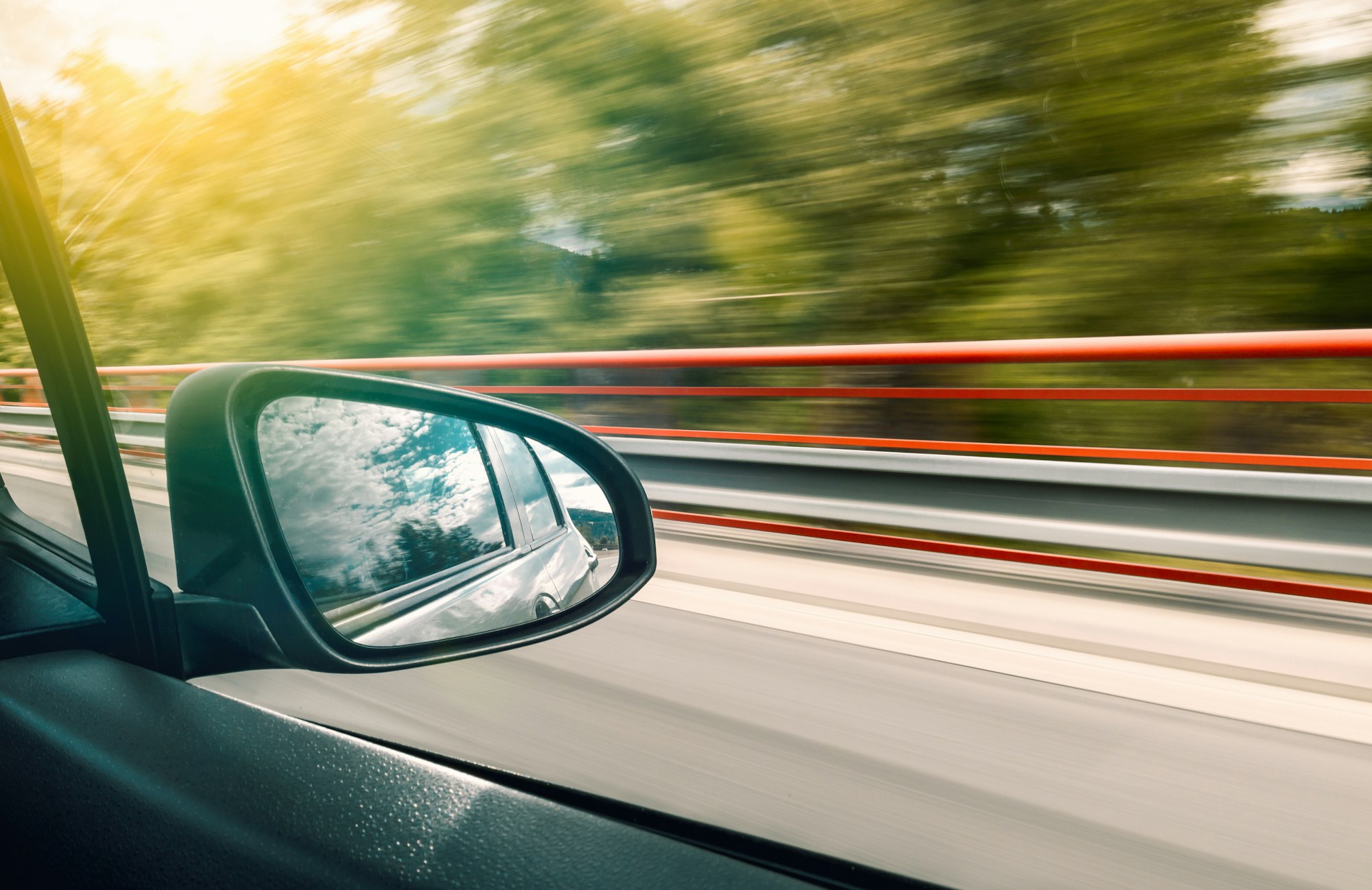Slowly but surely, the "roads" will be flooded with self-driving vehicles. It is time we need to re-look at the whole transport landscape through a different lens rather than the current landscape of man-driving cars.
Circulation System
To take advantage of self-driving cars, we have to think about our transport system as a circulation system rather than a logistical system.
What is the difference?
Logistical system's main focus will be to ensure "X goes from point A to B effectively, then efficiently. Circulation system is more focused on constant flow, less jam and bottlenecks. Circulation system will be much more suitable for our capitalist society, as we need a constant flow of goods, services, and talents for money to keep circulating, charging the economy.
Vehicles
We need to design new vehicles. First will be looking at the current seat configuration of 2+3(+3 for larger vehicles). Should each "car" be just the individual seat and these seats can be combined in any configuration while still "driving" along the roads? What computation complexity will it result and will it post any safety hazards, etc?
How should we design the car of the future to increase productivity while on the road without compromising safety should be a direction we undertake.
Parking Spaces
Since the cars are constantly flowing (remember, circulation system), with occasional stops and "rests", we can turn some of the parking lots into maintenance and charging locations. In turn, we can reclaim back other parking lots,especially multi-story carparks, and use those lands for other purposes such as recreation, co-working space, schools, vertical agriculture, etc.
Roads
Current age, roads are widened to allow a higher throughput of vehicles because there is coordination to get to the office areas at the same time but no coordination to give way to each other. An analogy is like everyone trying to get out of the cinema (if you still go to one) through the door. Without coordination, everyone is still bunched up at the door, regardless of how wide it is.
With self-driving cars, the coordination is increased easily through better communication with each other. As such, we might be able to also claim back some of the roads, and perhaps turn them into cycling lanes instead.
Conclusion
Of course, to reach the scenario that I mentioned above, much planning needs to be done and devils are in the detail. I foresee the biggest challenge will be the transition phase where we have both self-driving vehicles and man-driving vehicles at the same time. If proper planning is done and executed well, we may just come out with a better transport system that reduces carbon output and at the same time be efficient and effective in moving X. Personally, I am pretty optimistic about it and really hoping to see the vision that I painted happen during my lifetime. :)
If you are interested in how the transition phase should be done, check out my other article here (Smart City: Autonomous Vehicles).
What are your thoughts after reading this?
Please feel free to link up on LinkedIn or Twitter (@PSkoo). Do consider signing up for my newsletter too. I just started my YouTube channel, do consider subscribing to it to give support! :)
Consider supporting my work by buying me a "coffee" here. :)
